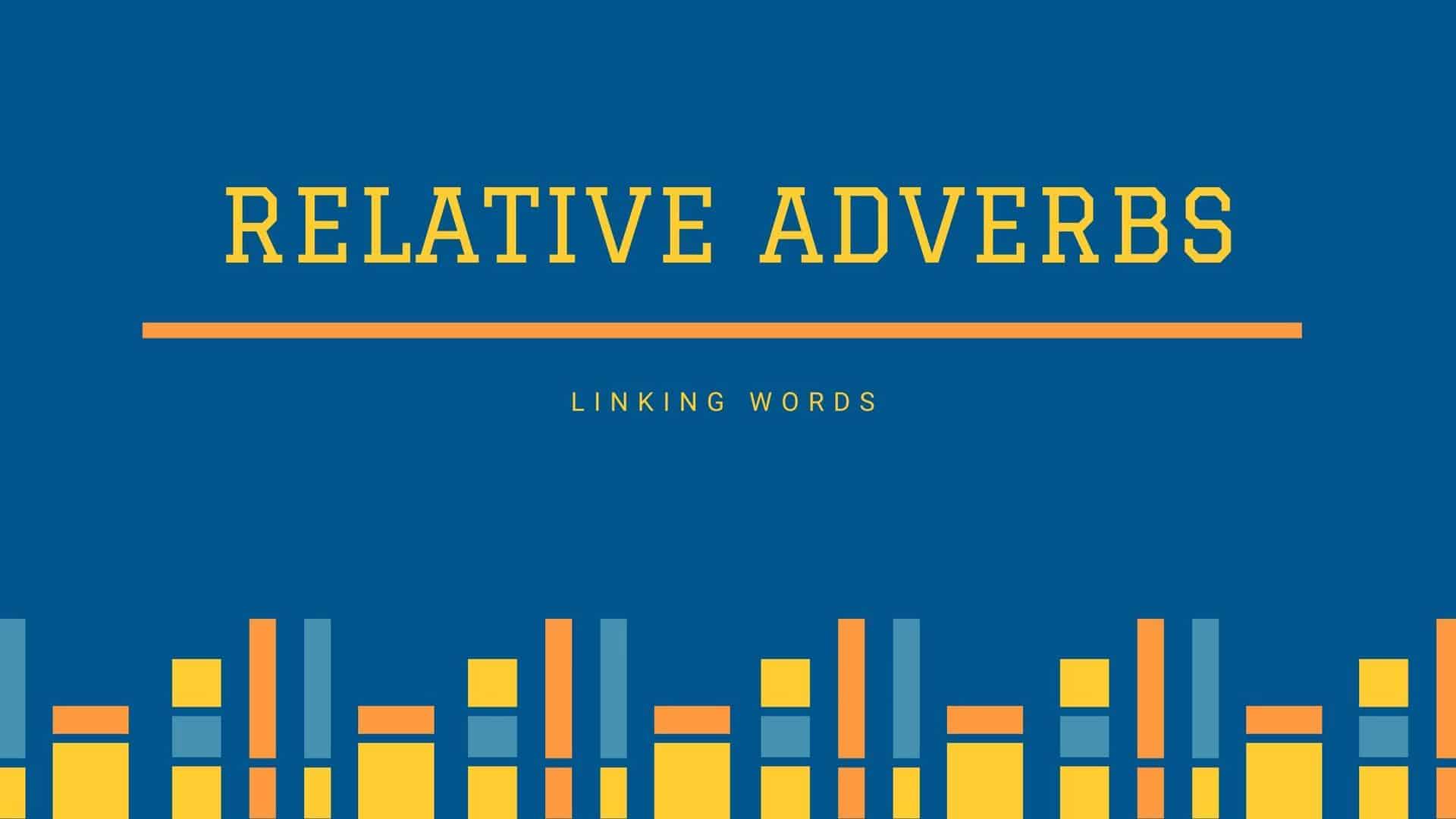What are Relative Adverbs?
Relative adverbs are adverbs that are used to introduce relative clause, also called adjective clause. A relative pronoun is also used to introduce relative clause, but relative pronoun is used to give information about a person or a thing whereas relative adverb is used to give information regarding place, time or the reason an action took place.
Where, when, and why are the relative adverbs. We use “where” for conveying information regarding a place, “when” for time, and “why” for reason.
Examples:
- I know the house where she lives. (The relative adverb of place is “where.” The adjective clause, that describes the noun phrase, “the house”, is “where she lives”.)
- I remember about the time when I shared everything with my friend. (The relative adverb of time is “when.” The adjective clause, that describes the noun phrase, “the time”, is “ when I shared everything with my friend “.)
- We do not know the reason why she is crying. (The relative adverb of reason is “why.” The adjective clause, that describes the noun phrase, “the reason”, is “ why she is crying “.)

Leave a Reply